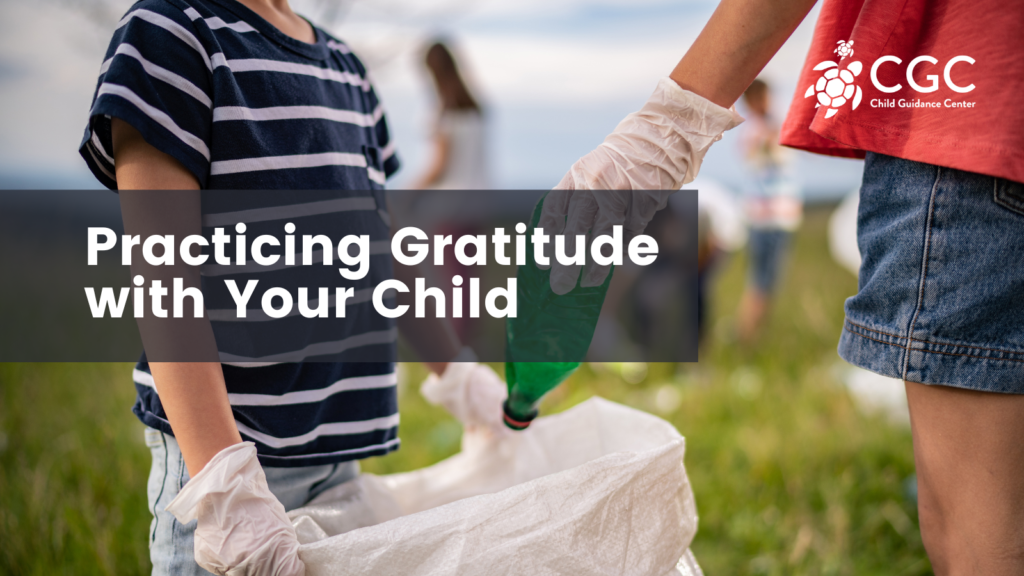As parents, we want our children to be happy and to have all the good things in life. But sometimes, it’s easy to forget that part of being happy involves feeling thankful for and acknowledging what we have. Teaching our children to practice gratitude can help them develop into well-rounded, happy adults. And it doesn’t have to be complicated; there are many simple things you can do to encourage an attitude of gratitude in your home.
Why Gratitude is Important
Gratitude has been shown to have many benefits for both children and adults, including improved mental and physical health, better sleep, increased resilience, and stronger relationships. When children focus on the good in their lives, they tend to be happier and more flexible when faced with difficult situations!
How to Teach Gratitude to Your Children
Model Thankfulness Yourself
One of the best ways to teach your child about gratitude is to model it yourself. Whenever possible, express thanks for things, both big and small. Thank your spouse or partner for doing something nice, express gratitude when somebody holds the door open for you, or say “thank you” when someone compliments you. Point out things that you are thankful for and explain to your child why they are important to you. You can also express gratitude for more significant blessings, like having a safe place to live or a healthy family. As your child sees you expressing gratitude daily, they will start to understand its importance and imitate your behavior.
Keep a Gratitude Journal Together
Another way to practice gratitude with your child is to keep a gratitude journal together. Every day, take some time to sit down with your child and write down a few things you’re each thankful for. This is a great activity to do at bedtime or first thing in the morning. Not only will it help your child notice all the good things in their life, but it will also give you some quality time together.
Give Back Together as a Family
Giving back is another great way to practice gratitude with your kids. Talk with them about why it’s important to help others, and then brainstorm some ways you can give back as a family. Maybe you could volunteer at a local food bank or animal shelter together. There are endless possibilities—the important thing is that you’re doing it together as a family. Not only will this help instill a sense of gratitude in your children, but it will also make them feel good about themselves and their ability to make a difference in the world.
Conclusion
Practicing gratitude is integral to happiness for people of all ages—including children. As parents, we can help our children learn to be grateful by modeling gratitude ourselves and doing specific activities with them that foster an attitude of thankfulness. Teaching our children about gratitude lays the foundation for them to lead happy, fulfilling lives.
